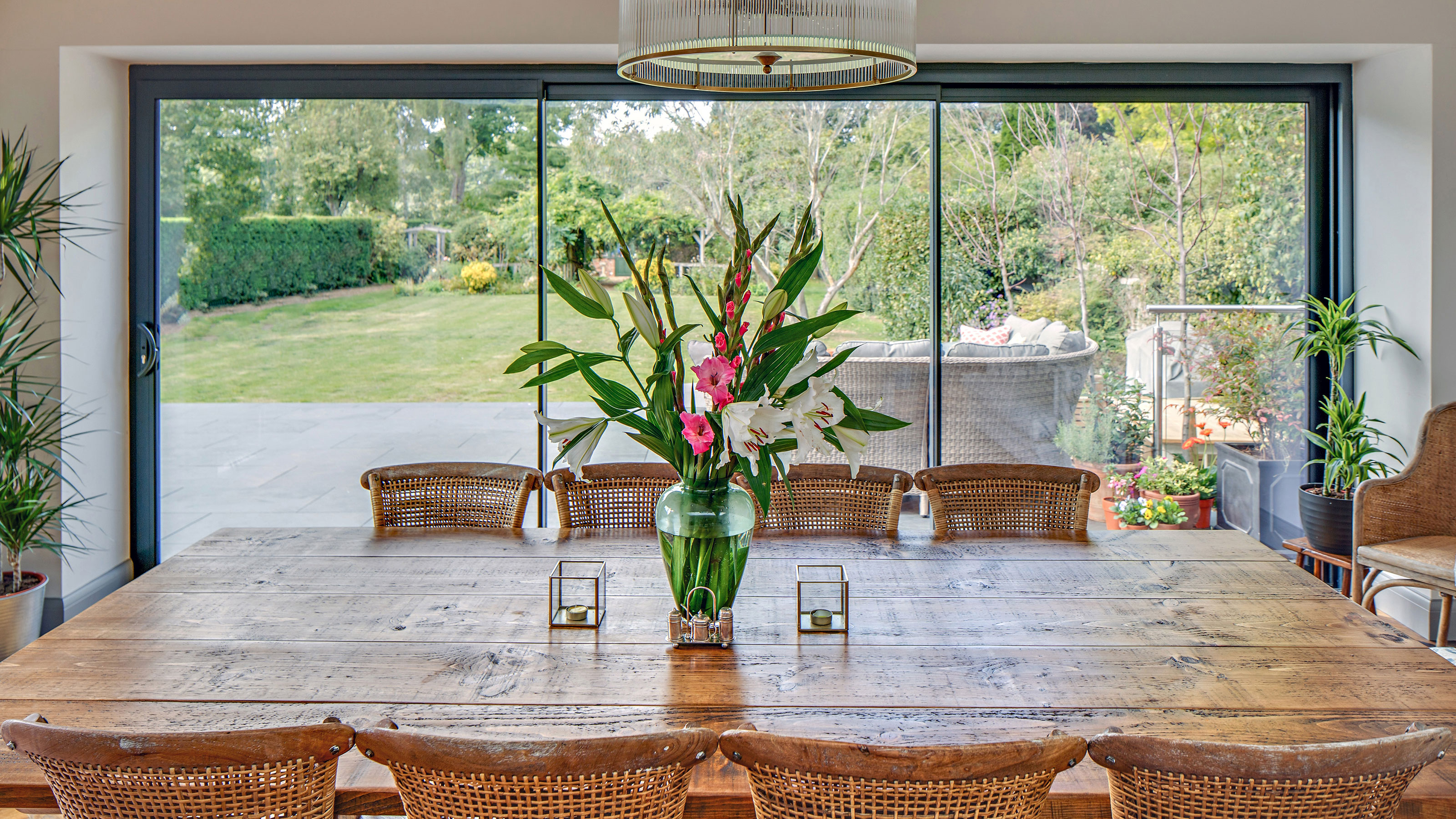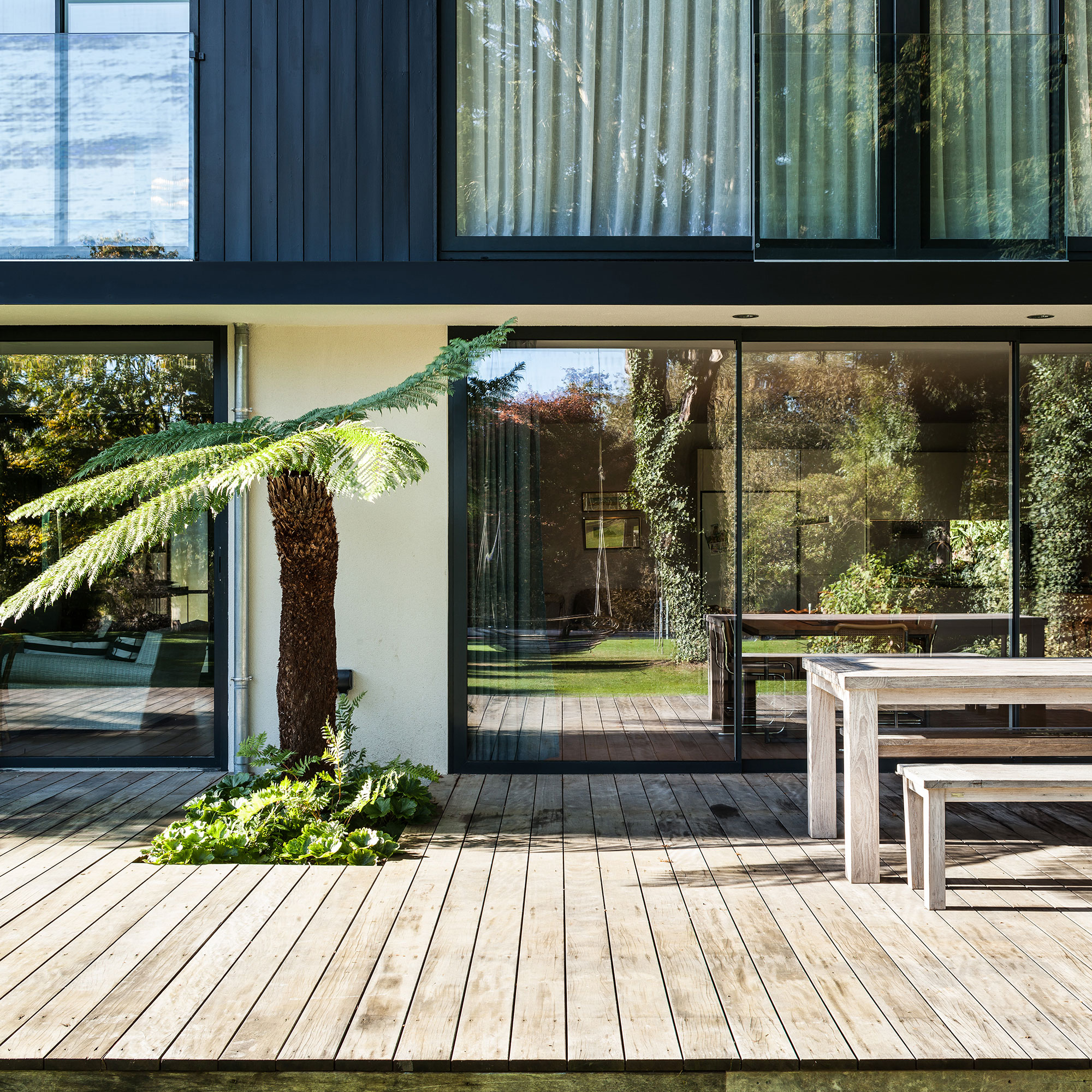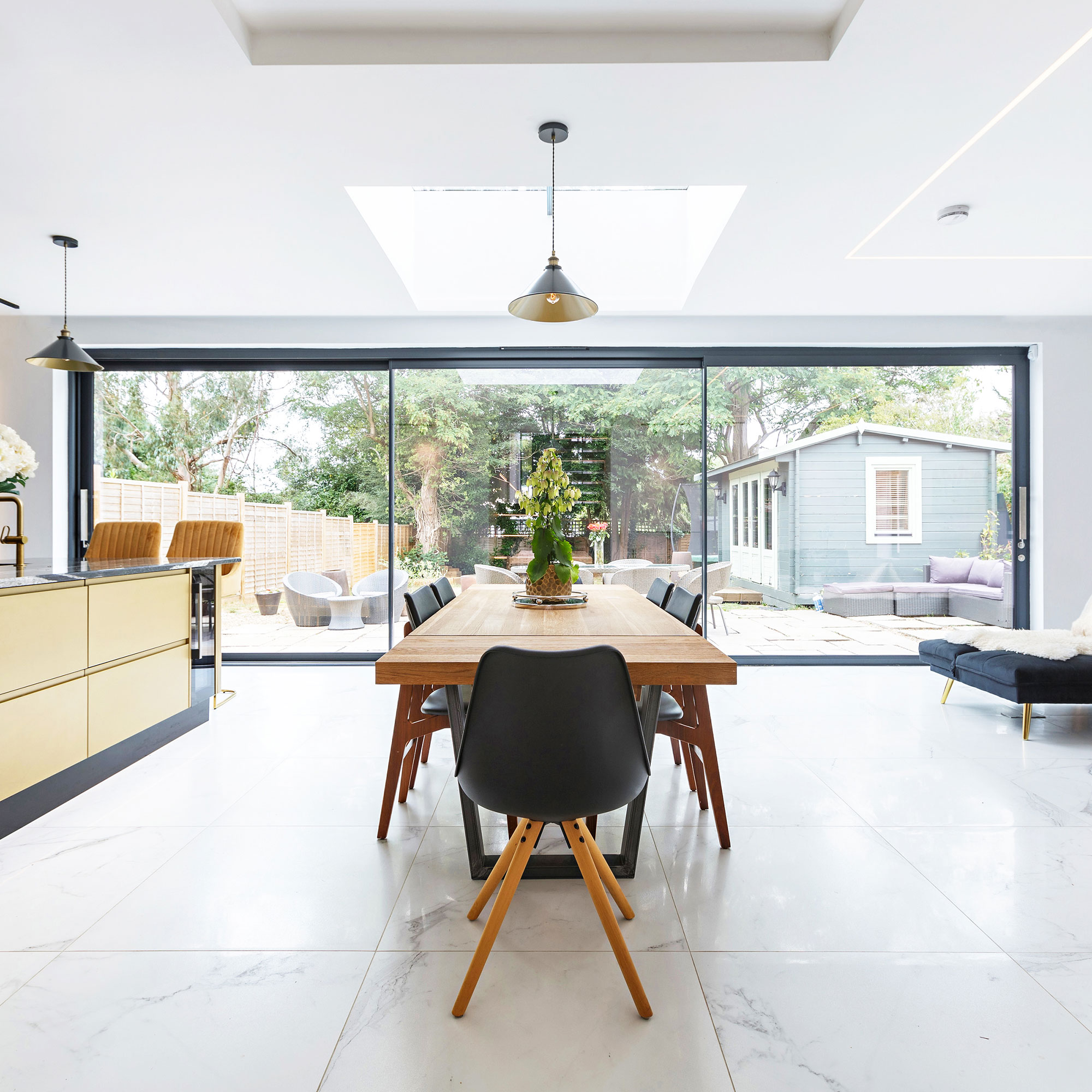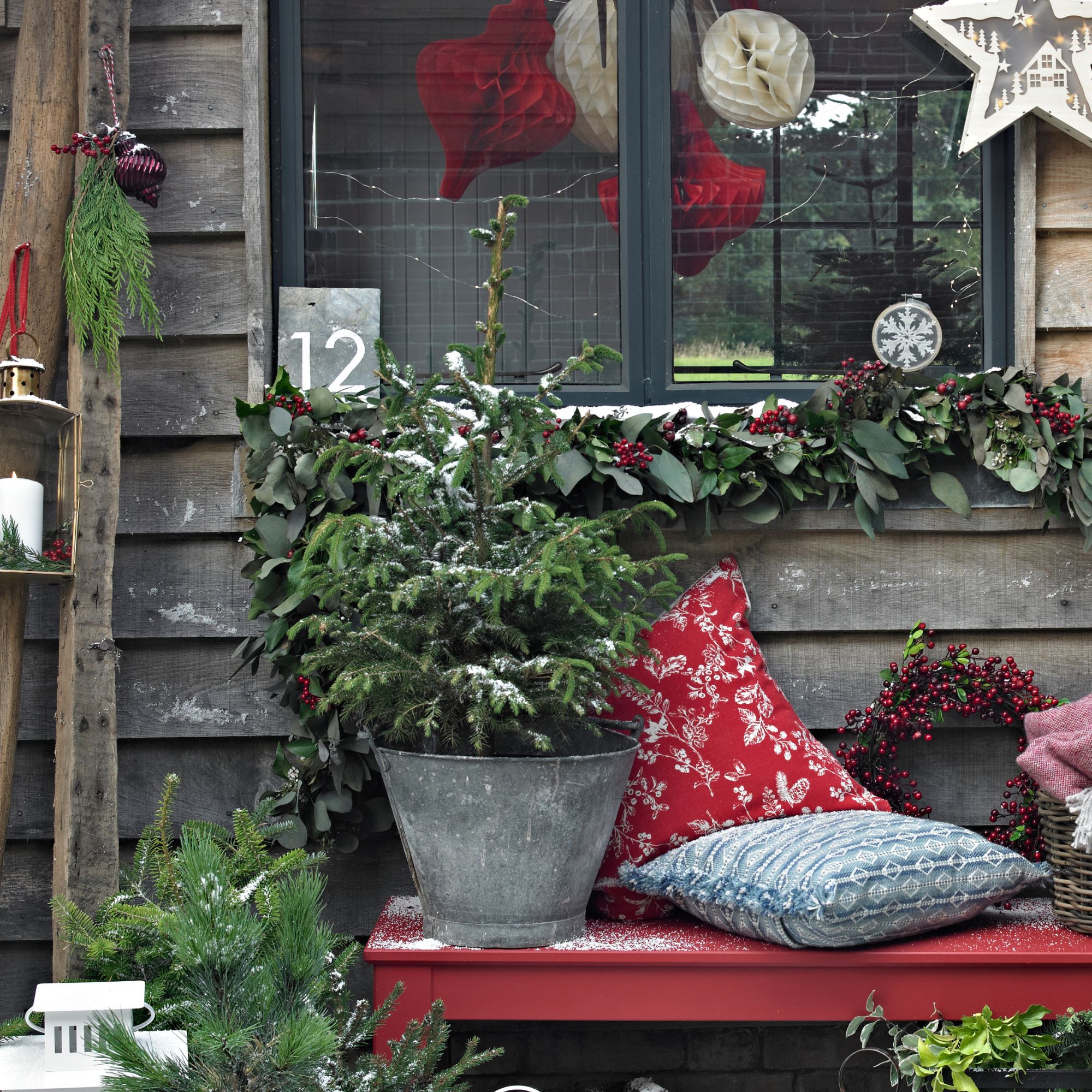Sliding door glazing – the vital information you need to know
Before you buy your sliding doors, it’s vital that you know how the glazing is attached within the door frame

There’s nothing like a sleek sliding door to provide that seamless indoor-outdoor living feel so many of us strive for, but what you may not be aware of is how important the type of glazing you’re using really is. The glazing experts at SUNFLEX UK have spoken to us about what you need to know, what to look out for and how to choose the perfect glazing to ensure a smooth lifetime with your sliding door.
How glazing is set into place
Whether your windows and doors are uPVC, timber, aluminium, single, double or even triple glazed, there’s a strong chance that the glazing unit is held in place by something called a glazing bead. This bead attaches to the frame around the edge to secure the glass and keep it in place.

The rise of structurally bonded doors
However, as the preference for slimmer frames has risen in popularity, many manufacturers are instead choosing to achieve this desirable slim look by bonding the glass to the frames. This is known as a ‘structurally bonded’ system, as the glass and frame are now permanently glued together.
What are the risks with structurally bonded doors?
While permanently joined frames and glazing may sound like a good thing, it’s actually where a lot of the trouble lies. If there’s an accident or an issue, the glass can no longer be replaced without the whole frame also being removed, meaning a bigger job and a bigger bill. Also, simply a lot more hassle, as you’ll need to go back to the company who installed the door in the first place.
Be aware that terms of warranties for glass breakages will vary, as will the cost of replacing the panel, and you can’t always assume that it will be covered under warranty.

Can I guarantee availability of replacement glazing?
Since you’re reliant on ordering replacement glazing through your original door suppliers, who are in turn reliant on ordering it from the same manufacturers, who in then also are reliant on ordering it from the same profile supplier, there’s a lot of factors at play.
If even one of these parties are no longer trading or the system you bought goes out of production, sourcing a replacement panel could be very difficult — meaning you may need to buy a new set of doors, at the risk of also needing new plasterwork, render and flooring.
How do I know if I am buying a structurally bonded sliding door?
Unfortunately not many companies will offer this information out of the blue, or even warn you about the risks of the bonding. In fact, if they do tell you they could well spin it as a benefit. So it’s up to you to ask your door supplier directly about how the glazing is set in the frame.

What are the alternatives?
Save yourself the worry of future costs and stress caused by structurally bonded sliding doors and consider ‘dry glazed’ or ‘semi-dry glazed’ to get slim sliding doors instead. These allow the glass to be replaced without whole door panel being affected — just as you would with any other window or door in your house. A semi-dry glazed sliding door, like the SUNFLEX UK SVG20, offers the best of both worlds — a predominantly slim system with the benefit of being serviceable in the future.
For more information about the risks of choosing a bonded sliding door system, or to get a more reliable system in place, speak to the SUNFLEX UK technical team today.
Sign up to our newsletter for style inspiration, real homes, project and garden advice and shopping know-how
Ideal Home is here to give you the best advice on every aspect of running a home, from helping you choose the perfect paint colour to sorting a mortgage. Each article is written by an expert in their field, and packed with inspirational images to guide you in your project. Our sponsored content is not an editorial endorsement, but allows you to connect with brands to assist your home renovation journey and alerts you to products you may not have known about before.
-
 3 ways to use Christmas tree needles around your home to make your house cleaner and smell fresher
3 ways to use Christmas tree needles around your home to make your house cleaner and smell fresherYour tree needles are not destined for the bin
-
 Don’t bin your pine needles this winter – 3 ways to reuse dropped Christmas tree needles in your garden
Don’t bin your pine needles this winter – 3 ways to reuse dropped Christmas tree needles in your gardenChristmas tree shedding quicker than you can say, 'O Tanenbaum'? Here's how to put those pine needles to good use
-
 I've just discovered bin compactors – and they're a Christmas rubbish game-changer
I've just discovered bin compactors – and they're a Christmas rubbish game-changerThe bin solution I didn't know existed and it's genius for over Christmas